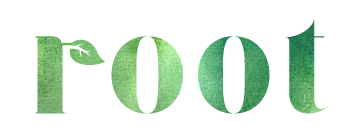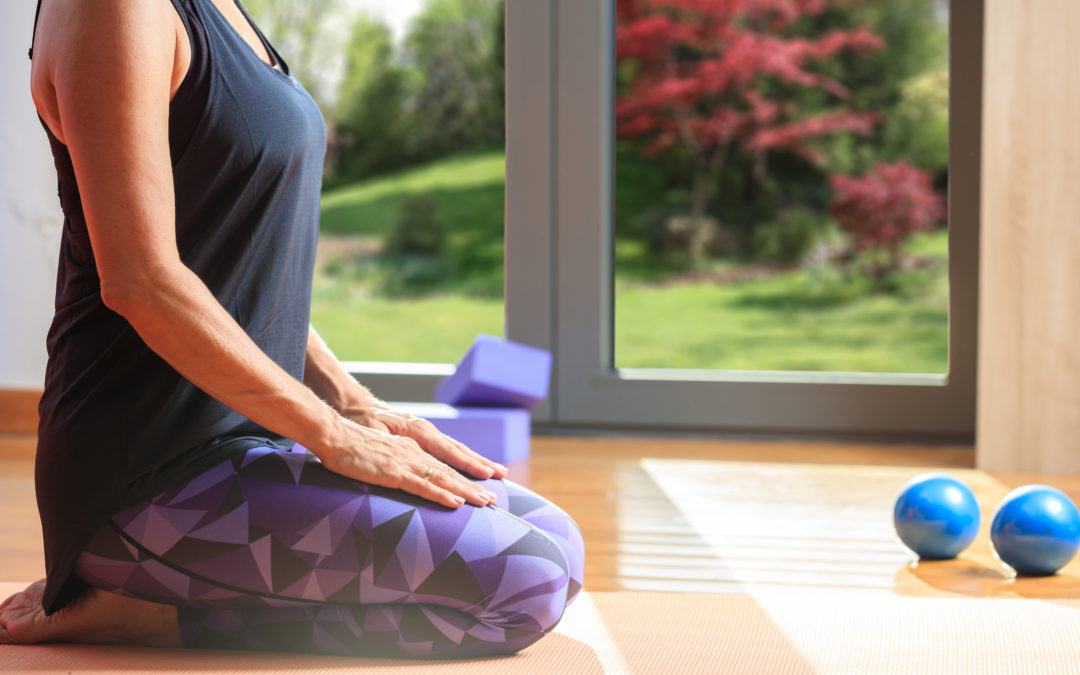We’re in the thick of the holiday season, which for many of us means a time for reflection and gratitude. Especially with the new year, a lot of my clients are starting thinking about concrete ways to make positive changes and jump start personal growth in 2018.
This happens to be one of my favorite times of year, not because of the gifts and parties – although both are fun – but because of the heightened interest in self-improvement that is buzzing everywhere. I can’t turn on the TV, scroll through my Insta-feed or even drive down the street without ads and articles targeting this renewed sense of discovery and development. And since the ROOT team focuses on healing through yoga therapy principles and practices all year round, we love to see everyone get into the spirit self-care!
So, whether you’ve caught the self-improvement bug of the season (I’ll spare all us of the dreaded “R” word) and ready to jump into your own practice, make changes to your existing practice, or invite someone to start a practice, we’d like to help you on your journey. Wherever you are, there are some basic yoga therapy necessities that no yogi should live without.
As you ponder gifts for yourself or your loved ones, consider these yoga therapy starter kit “must haves.”
The Mat: I know it’s tempting to grab a simple sticky mat from your local sporting goods store or Whole Foods, but the truth is, having the right mat can seriously impact your practice and overall experience. To me, there can be nothing more disruptive than slipping and sliding in down-dog or feeling your spine or knees pressed against the hard floor in savasana or child’s pose.
I am constantly getting questions about what mats are best and worth investing in. Like your yoga practice, mat preference is individual. From comfort to price, we all have different needs and likes and it is literally impossible to test drive every mat out there. So, how do you determine the best fit for you?
Well, you’re in luck! Reviews.com recently came out with a complete yoga mat buying guide. Their research and development team went out into the field, interviewed various teachers and did their own testing to give you the scoop on everything you should and need to consider.
- Check out the full article HERE to see their top 5 best yoga mat picks and read all they’ve had to say about mat thickness, maintenance, quality, and portability!
The Blocks: This prop is considered one of the most widely used props in yoga. Blocks are an excellent prop that allow practitioners of any level find space and freedom in various poses. With the use of yoga blocks you can stretch, strengthen and align your body without causing strain, stress and injury to your muscles and joints.
Remember, a primary aim in yoga poses is to lengthen the spine and improve spinal health (Yoga Therapy: Alignment and Spinal Heath). Whether you’re working to develop more flexibility or suppleness in your body or simply need additional support to stabilize yourself in a particular shape, blocks are your buddies.
Like mats, blocks come in different shapes, sizes, and materials. Foam, wood, and cork are the most commonly found materials used in local gyms and studios. When choosing a block, material is something to consider because the weight of the block can affect your practice. For example, if you’re instructed to hold a block overhead in Mountain pose, prepare for your arm muscles to really be worked with a heavy wood block. Also, note that the most regularly used size is a rectangular shaped 9″ x 6″ block. This shape and size offers accessibility, versatility, and steadiness to maximize the quality of your practice.
Here are a few that I like to recommend to new and growing yogis:
- Manduka Recycled Foam Block: made of high density recycled foam. It is slip resistant (great for those sweaty palms), durable, yet still light in weight which makes it ideal for beginning practitioners.
- ReCORK 198 Block: made from 198 recycled wine corks! How cool is that? These blocks are sturdy and non-slip. As mentioned above, the cork material will make these blocks a bit heavier than a foam block. So, if you are ready to build strength, this could be the block for you! Lastly, save your wine corks this holiday season and donate them to ReCORK. Click HERE to find a ReCORK collection partner near you!
- 3 Minute Egg’s Multipurpose Namastegg: made from 100% biodegradable material. Now, these blocks (if I can even call them that) are special because they are not the traditional rectangular shape. As suggested in the name, they are shaped like eggs! The Namastegg is made with rounded wedges which makes the perfect to support our body’s natural curves particularly in restorative postures. Check out their buyer’s guide to determine which Egg is right for you!
The Therapy Balls: Yoga therapy balls (aka: trigger point balls) are not always thought of in the context of a yoga practice, but boy they should be! Therapy balls work deep within your tissues to release trigger points; a tight area within the muscle tissue that causes pain to other parts of the body. For example, when the muscle at the top of your shoulder (trapezius) has a trigger point it can refer pain up the side of your neck and head potentially leading to headaches.
Often times, people come to a physical yoga practice to loosen tight muscles, build strength, reduce stress, and improve physical pain. One of the reasons why therapy balls should be a staple in your practice is because myofascial pain from trigger points is frequently over-looked as a possible source of pain by those seeking relief. Second, muscles can be challenging to strengthen if trigger points are present because the muscle is already contracted. Adding therapy balls into your routine can not only help reduce pain, but can also open up space for your muscles to move through their full range of motion. Truth be told, I don’t leave home without mine!
- The Yoga Tune Up Therapy Balls are my go-to choice for anyone. These balls are small enough to target specific muscle groups and dense enough to relieve the tension without being too dense to exacerbate pain or create injury.
The Essential Oils: Okay, you all know that I’m a nut about oils so you had to know that I’d add this to the list. I won’t go on and on about this in this specific blog (I’ve already done so here “The Essentials of Essential Oils: Tip, Tricks, and Treats”–you’re welcome), but I will just make another plug on the value of incorporating oils to help open up your airways, shift you into a state of relaxation, and soothe muscle aches and pains.
Here are my suggestions for oils I can’t practice without:
- Start your practice with lavender, chamomile or DoTerra’s gounding blend “Anchor” to help bring a feeling of calm and establish a sense of steadiness and connection with self.
- Use oils like peppermint or eucalyptus to open up your airways, decongest and ease breathing.
- Before and/ or after your practice, apply DoTerra’s “Deep Blue” (the essential oil version of Icy/Hot) to loosen tense muscle or soothe aches.
I hope you feel ready to take your practice into 2018! Please don’t hesitate to reach out with questions or simply comment on how these tools have helped you!











Recent Comments